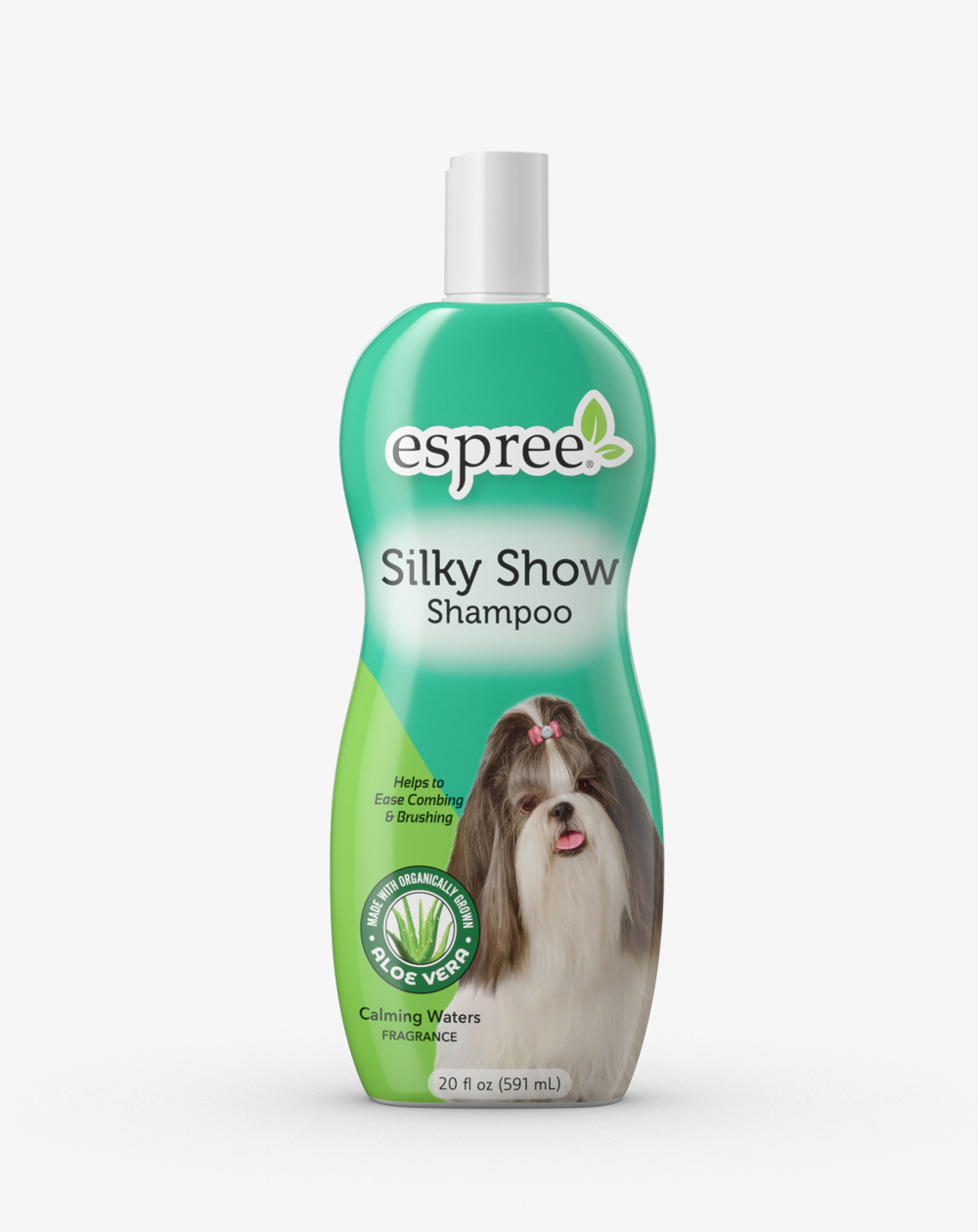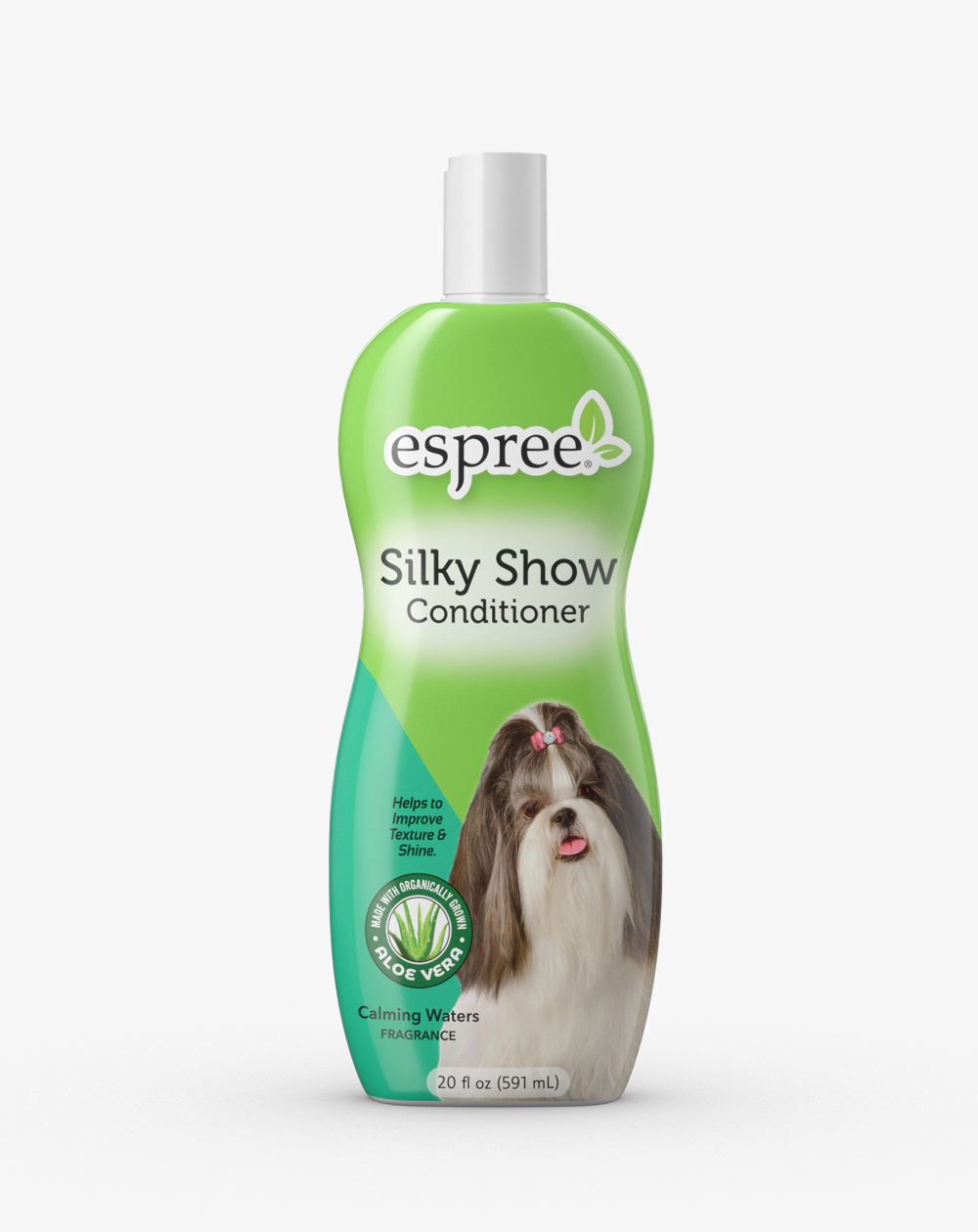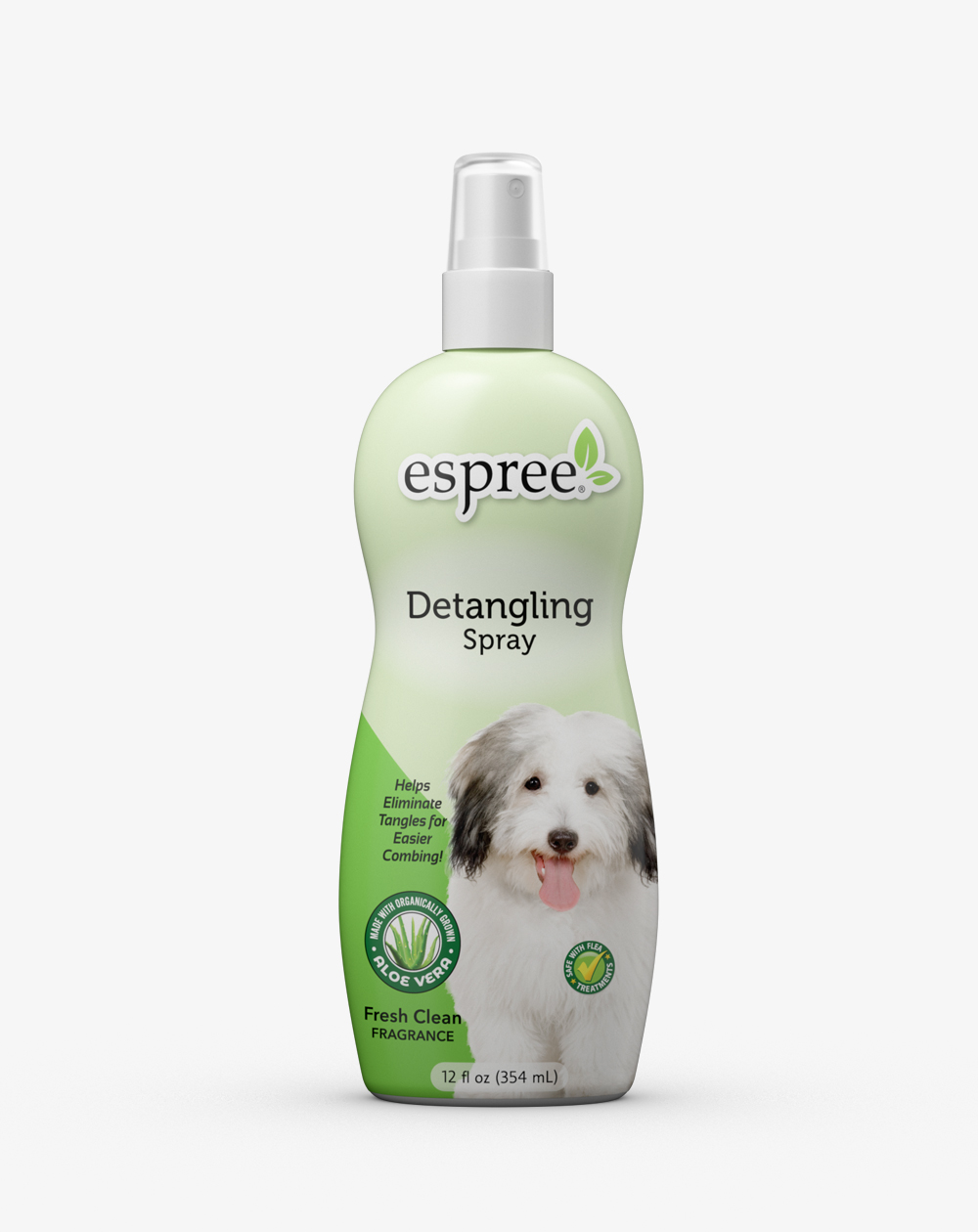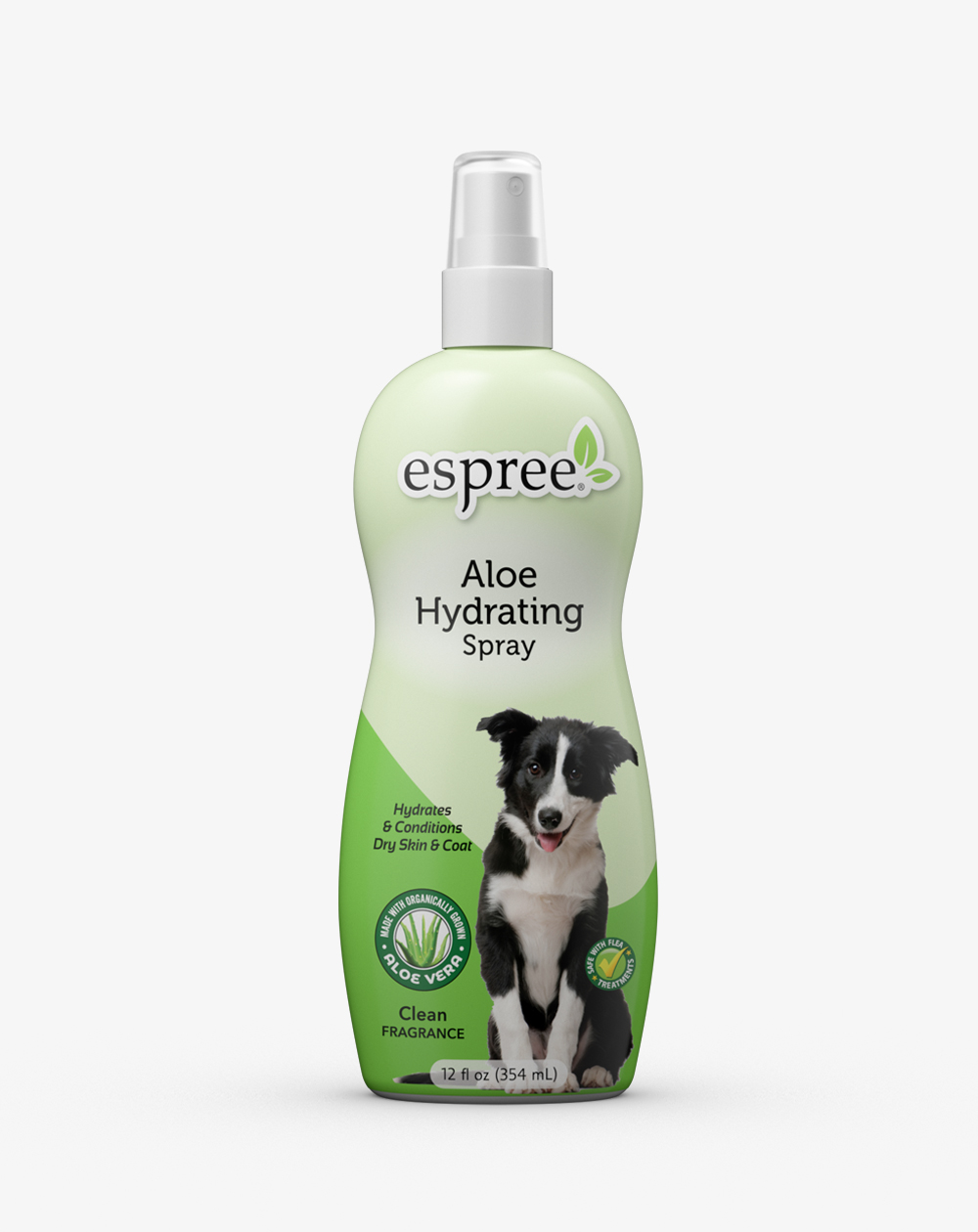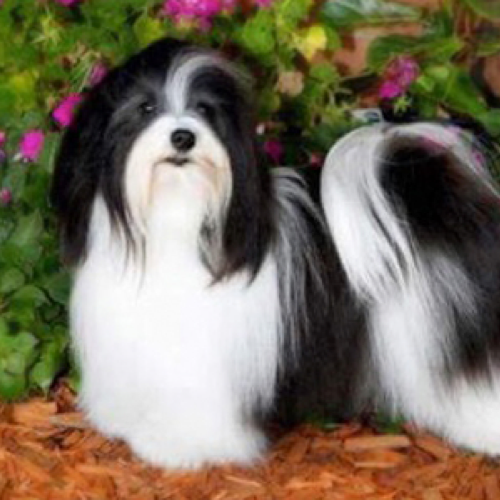
Havanese
The National Dog of Cuba and the country’s only native breed, the Havanese is a small, sturdy dog with a friendly disposition. His wavy, silky coat is profuse, but remains extremely light, insulating and protecting the breed against harsh tropical heat. His coat, which comes in all colors, should remain untrimmed. The Havanese’s popularity in the show ring has grown quickly, and they are also now high in demand as a family pet.
Breed Profile
The Havanese is trainable and intelligent and possesses an affectionate temperament, which making the breed an ideal family pet. Although a toy dog, they remain energetic and require some form of daily exercise. The breed’s non-shedding coat makes it suitable for allergy sufferers, but regular grooming is necessary to keep the coat in top condition.
Grooming
The Havanese is a dog that does require routine bathing and grooming. This intelligent, mischievous little dog has an abundant, double coat which needs to be bathed as frequently as every week up to no longer than every 3 weeks. Frequency of baths depends on the amount of coat and the lifestyle of your Havanese. The care and maintenance of the coat sets the foundation for maintaining healthy skin and coat. Regular baths promote coat growth. A dirty coat will mat and tangle much easier than a clean coat. When the coat is dirty, the hair shaft becomes rough and eventually breaks down, which leads to a damaged coat. Therefore, keeping the coat clean and healthy is of utmost importance in order to maintain the profuse, silky, double coat.
Bathing a Havanese is an acquired skill that takes patience and perseverance. After the coat is wet, apply the shampoo by squeezing it through the coat in a downward motion. In order to get the coat squeaky clean, continue to move the shampoo down the coat. Thoroughly shampooing will contribute to building a healthy, strong, and manageable coat. Use the same application when conditioning the coat. It is important to condition the Havanese’ coat in order to nourish and hydrate each individual strand of hair. Make sure you thoroughly rinse the coat. It is a good idea to slightly cool the water temperature down for the final rinse to ensure the coat is completely free of any product. Once the bath is finished, blot the coat with a towel and squeeze excessive water from the ears, legs, and the long furnishings. Always use a downward motion to remove the excess rather than a circular motion in order to keep the coat from further tangling.
If your Havanese has a long coat, it is best to line dry the dog using a fluff or stand dryer. Systematically line dry the entire coat right down to the skin. Make sure the dog is completely dry in the area you are working on before you move onto the next section. Once the Havanese is completely dry, make sure the coat is tangle free. Double check your brush out by using a metal comb. It should glide freely through the coat all the way down to the skin.
Finishing the Dog: Tools and Finish Grooming
The coat should be free of mats and tangles. It is soft and light in texture, while abundant and wavy. Lightly neaten the entire outline of the dog using thinning shears, removing any stray hairs that interrupt the flow of the dog. Make sure not to over trim as the finished appearance is completely normal. Finish with a light mist of hydrating spray. The Havanese has a topknot that is left loose or it can be braided. In order to form the braids, gather a small amount of hair over the eye. The braids start at the outside corner of the eye and secure with tiny elastic band.
If you are unable to keep up with the profuse, double coat with weekly bathing and brushing, by all means choose to have your Havanese groomed into a shorter trim. A puppy or modern trim still needs routine maintenance with bath and brush outs every 2 to 3 weeks. This type of trim might be more suitable for you and your dog’s lifestyle.
General Health Care
Prep work is the foundation of all grooming. Prep work includes ear cleaning, nail trimming, trimming the pads, anal glands, and proper dental hygiene. Mastering these skills sets the professional pet stylist apart from the rest. Prep work should be done before every bathing and grooming appointment. All dogs need to have their ears checked and cleaned on a regular basis. Some need to have the hair plucked from the ear canal. This allows the ear to have proper air circulation. It is not necessary to remove all of the hair in the ear, as some serves as a barrier to foreign debris. It is imperative that you are properly trained to pull ear hair before attempting this endeavor. Proper nail care is also very important. Long, unsightly nails are uncomfortable for the dog, as well as anyone they might jump on. Long nails also compromise the shape of the foot. Trimming the pads of the foot helps give the dog good traction on different surfaces and can minimize the amount of dirt the dog tracks into the house. It also affords the opportunity to treat and condition the paws from cracks and abrasions. Anal glands should also be checked and expressed if they are full. Some caring pet owners prefer to have the anal glands done by their veterinarian. Good dental hygiene is essential for a healthy pet as well.
Nutritional Care
In order to maintain healthy skin and coat as well as overall health, it is important to provide good nutrition to your dog through a well-balanced diet, vitamins, and healthy treats.
Do they require a lot of grooming?
Havanese is not a wash and wear dog as they do require routine grooming. A full brush out 2 to 3 times a week is best with baths every 1 to 2 weeks depending on the amount of coat. Never brush a dry coat, always lightly mist with a hydrating spray. If the Havanese is kept in a shorter trim, weekly brush outs are still preferred. Routine baths ranging between 1 to 3 weeks are desirable. This is a breed that requires their caring owner to stay on top of routine maintenance.
What is a common problem in Havanese?
The Havanese is generally a healthy breed overall with relatively few major health issues. Some of the issues are cataracts, hip dysplasia, Legg-Calve Perthes, and Patellar Luxation. Legg-Calve Perthes occurs when the ball portion of the hip is damaged due to a deficiency in the blood supply. Symptoms normally appear between 6 – 12 months of age and include limping, pain, and eventually arthritis. Treatment of LCP varies depending on the severity. Patellar Luxation occurs when the kneecap pops out of the joint. The degree of severity and treatment varies. Responsible breeders test their breeding stock through the Orthopedic Foundation of Animals (OFA) to promote the health and well- being of their dogs in order to attempt to reduce the incidence of these genetic diseases.
Do Havanese shed or cause allergies?
Shedding is minimal with Havanese. They tend to produce less dander than other breeds, therefore reducing the chances of an allergic reactions. However, before bringing a Havanese into your home if you suffer from allergies, you should spend some time around the breed to make sure you do not have a reaction.
Are Havanese good with children?
This delightful breed is exceptionally well suited for a family with children. Their solid build makes him solid enough to withstand some rough and tumble play. Havanese adore children and their company. However, as with any breed, a small child should never be left alone with any dog.
What if I have a show dog?
Whether you have a show dog or a companion quality dog, the same basic care is given regarding nutrition, socialization, and hygiene. A major difference is the method of grooming that is required and the conditioning for the show ring. The Havanese’ abundant show coat can sometimes be overwhelming to maintain. It is quite helpful if your breeder can mentor and lead you in the right direction upon entering the wonderful world of showing dogs. A great place to start is with the national breed club like the Havanese Club of America, www.havanese.org.

